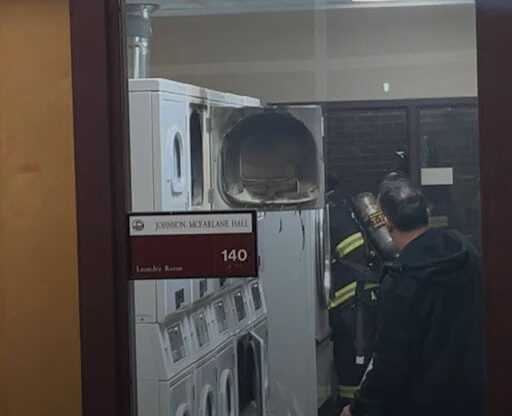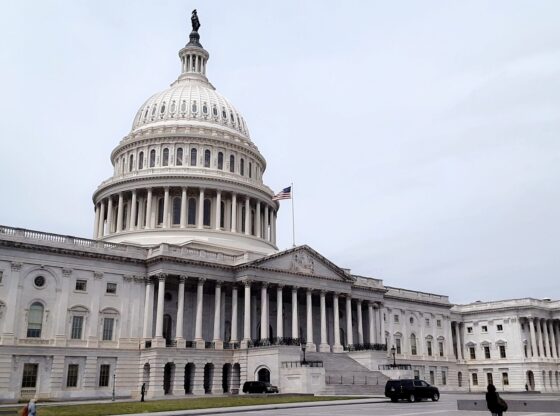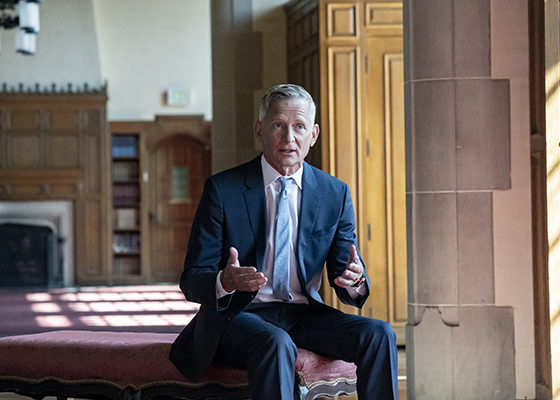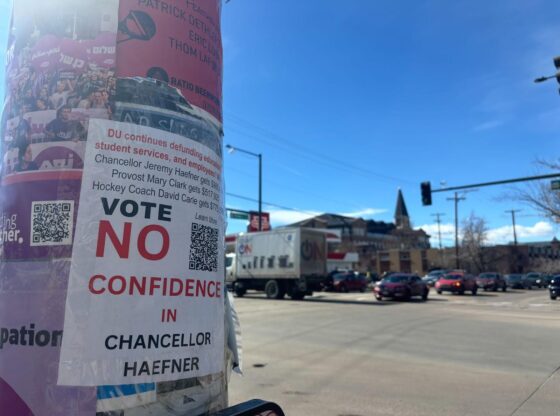From Harvard Yard to the Stanford Quad to the countless steeples of higher education in between, American universities today are facing crucial questions about their future. Tuition costs are skyrocketing, but our current classroom structure remains unchanged, despite the billions of tax dollars invested into so-called education reform.
Fortunately, our country’s brightest minds and hardest workers have developed groundbreaking technologies that not only can reform our education systems to build a more technologically resilient workforce, but also overcome the political bureaucracies that are constantly blocking these types of advancements. If we want to be prepared for the future economy and “the University of the Future,” our political leaders need to embrace technological change.
Demand for higher education is increasing among workers of all ages around the world. With rapid advances in machine learning and artificial intelligence, some economists estimate that half of the current jobs will be automated within two decades. Furthermore, because of our current school systems and reluctance to break from the obsolete traditional curriculum, the rapid advancement of technology will actually destroy jobs faster than it will create new ones.
To combat this frightening outlook, “the University of the Future” must revolve around the newest technology, teaching its students the basics of computer science, engineering and electronics, regardless of major.
The skill set that is required to succeed in the “autonomous economy” of the future will undeniably include basic knowledge in computer programming and networking.
To complement these technological changes, higher education in the future will continue to embrace concepts like the “backwards classroom.” Instead of attending the standard lecture-based classes of today’s universities, students will watch these lectures at home, online. During classroom time, the students will break up into groups and apply the content of the lecture to homework assignments in class. This provides face-to-face interaction with the instructor and fellow peers, and develops invaluable teamwork skills that are necessary to succeed in the future economy.
Unfortunately, “the University of the Future” is up against an extremely powerful counterforce. Public education is a deep-rooted government service, and it is actively protected in the political process by some of the most powerful interest groups in the nation.
For the last three decades, our nation’s leaders have strongly agreed that the public school system is failing to sufficiently educate our young people, and the pressure for change has been relentless on both sides of the aisle. However, these expensive reforms have been widely unsuccessful because certain government institutions (i.e. teachers unions) are using their political power to prevent technology from revolutionizing American education.
Technology is a double-barreled agent of change. It generates the innovations that allow education reform, and at the same time, it undermines the political resistance that would normally prevent these reforms from happening.
With technology comes more choice. From public to private schools to vouchers and tax credit scholarships, school choice is an empowering mechanism for families. To prepare our students for future higher education and to preserve the principle that parents are the prime authorities over their children’s education and upbringing, we need to be able to exercise this choice. We need to be able to pick the best schools and the best teachers for our kids without any government interference.
Our K-12 education system is undoubtedly an important factor in preparing our children for “the University of the Future” and the future economy, but the most important factor of all is parents. No amount of technology or education reform will be able to teach a sound work ethic and determination to students, but the acceptance of more technology in our education system will give our parents more opportunities to teach these principles to our kids.
“The University of the Future” will be rooted in technological innovation. We will see real improvement, real benefits, and real change for our nation, our future generations and our universities. But more importantly, higher education in the future will be the dawning of a new era where the political sphere is more transparent, productive ideas are more likely to thrive and learning is freed from the dead traditions of the past.
Welcome the class of the future.











